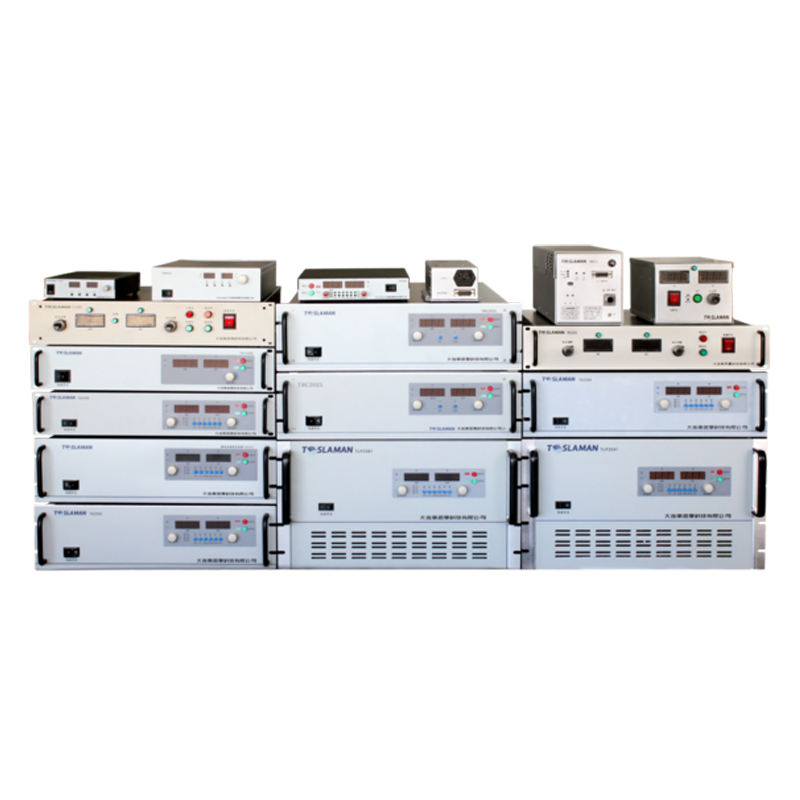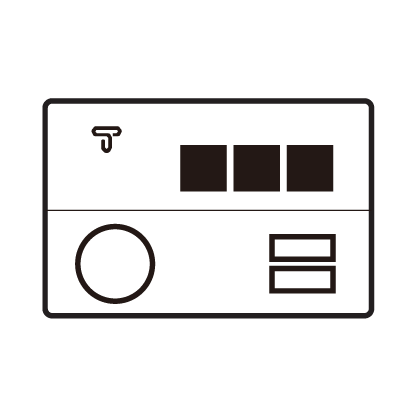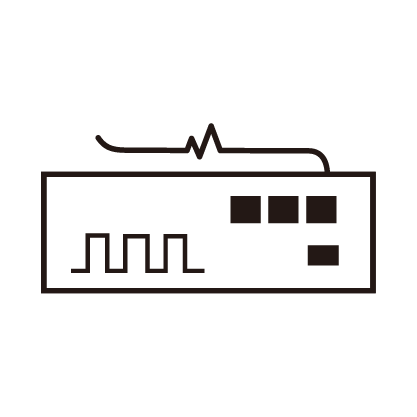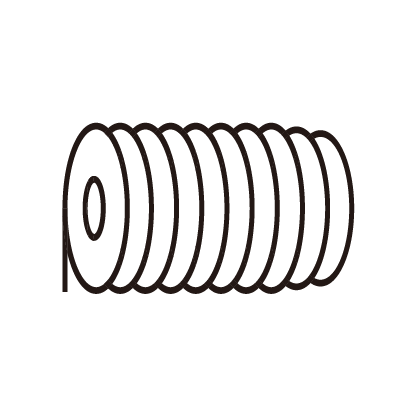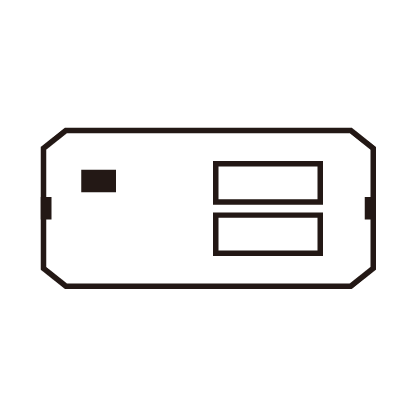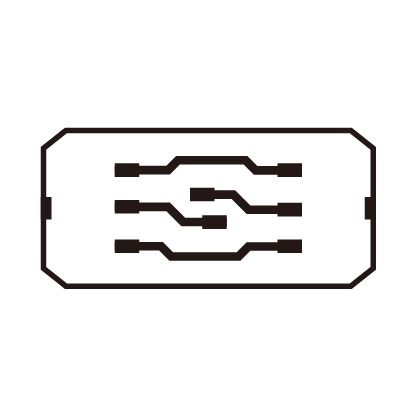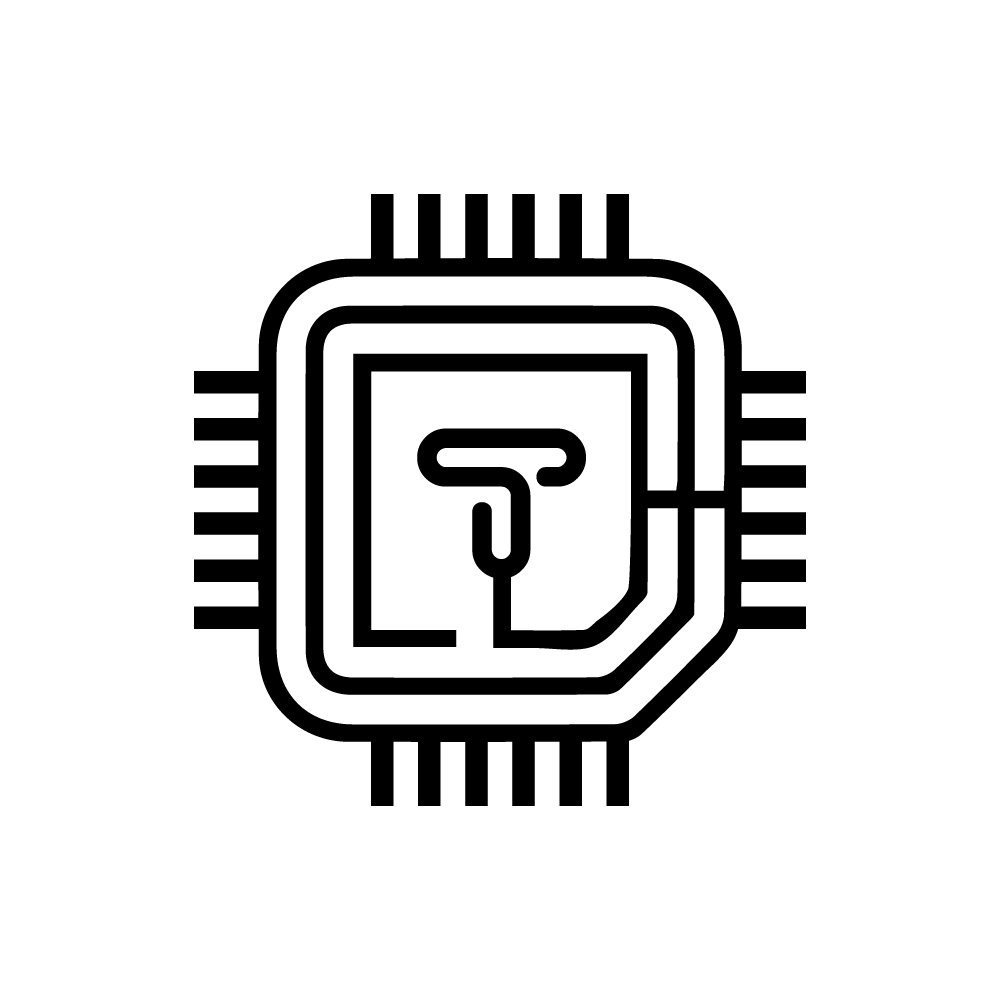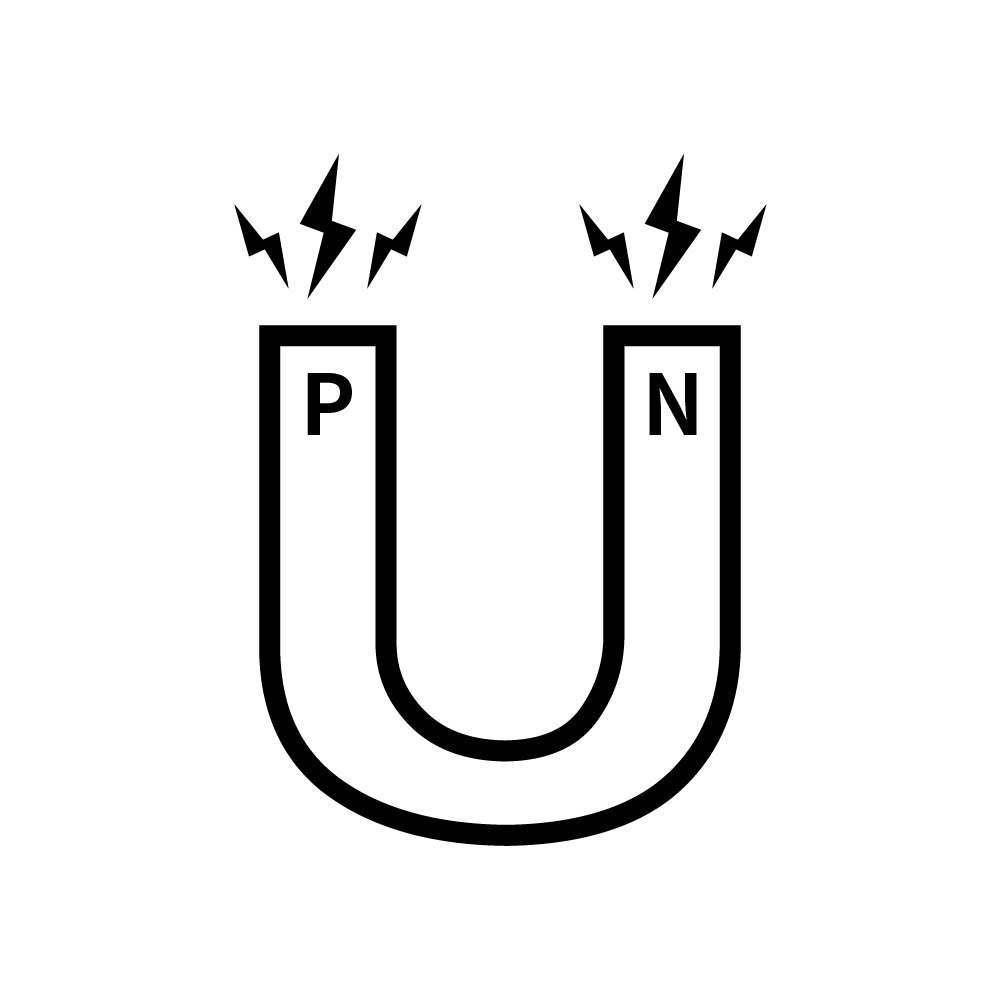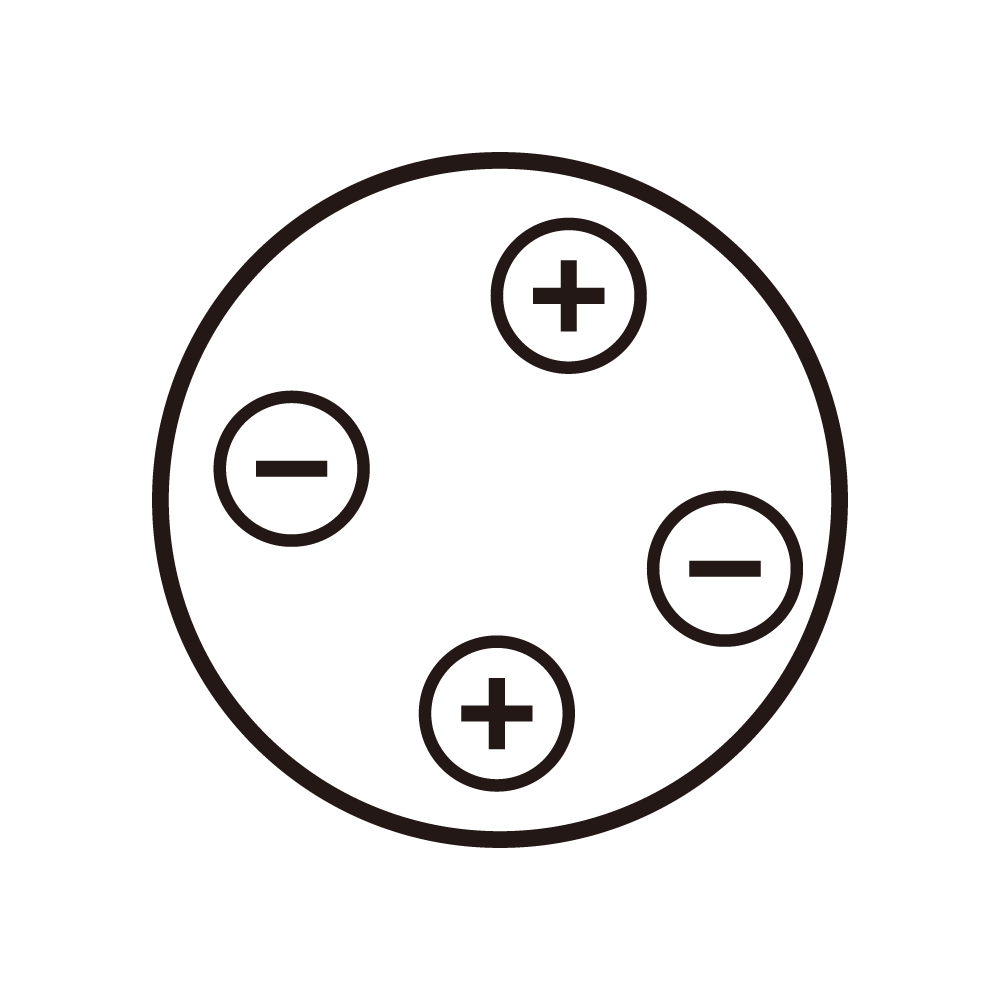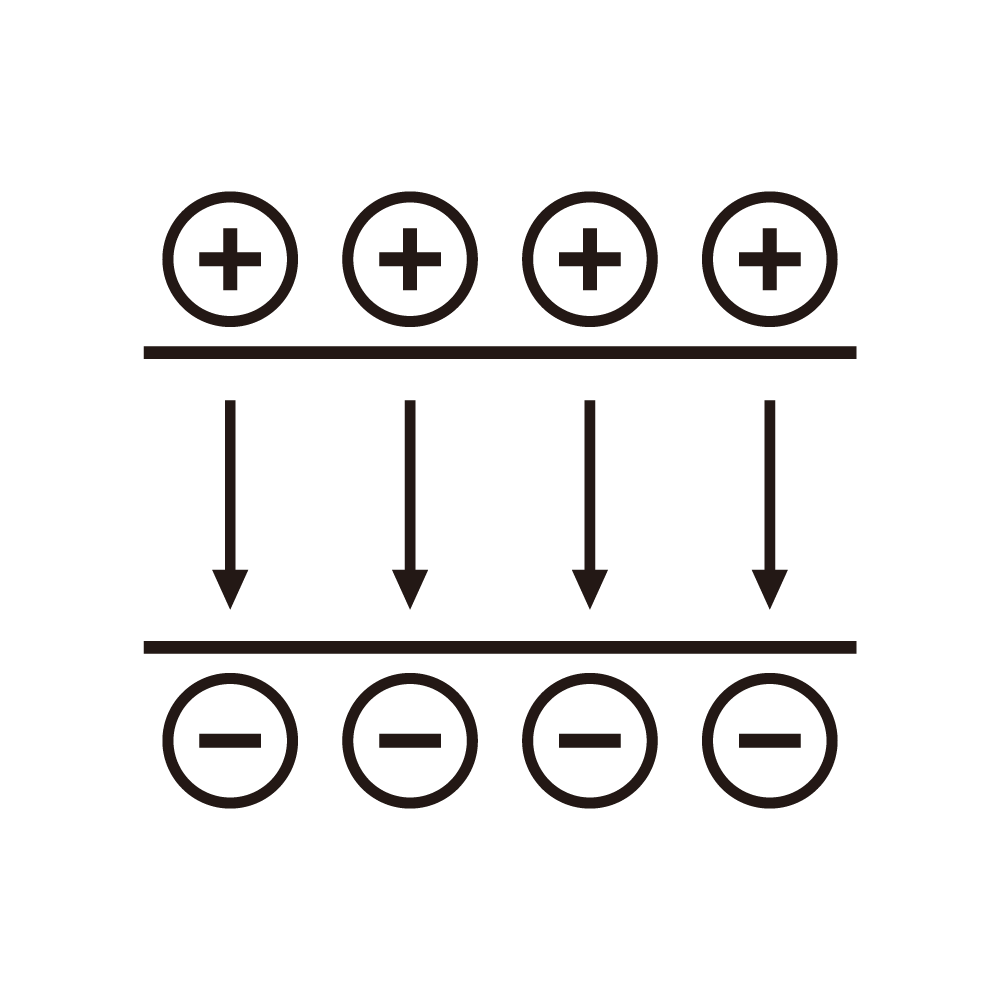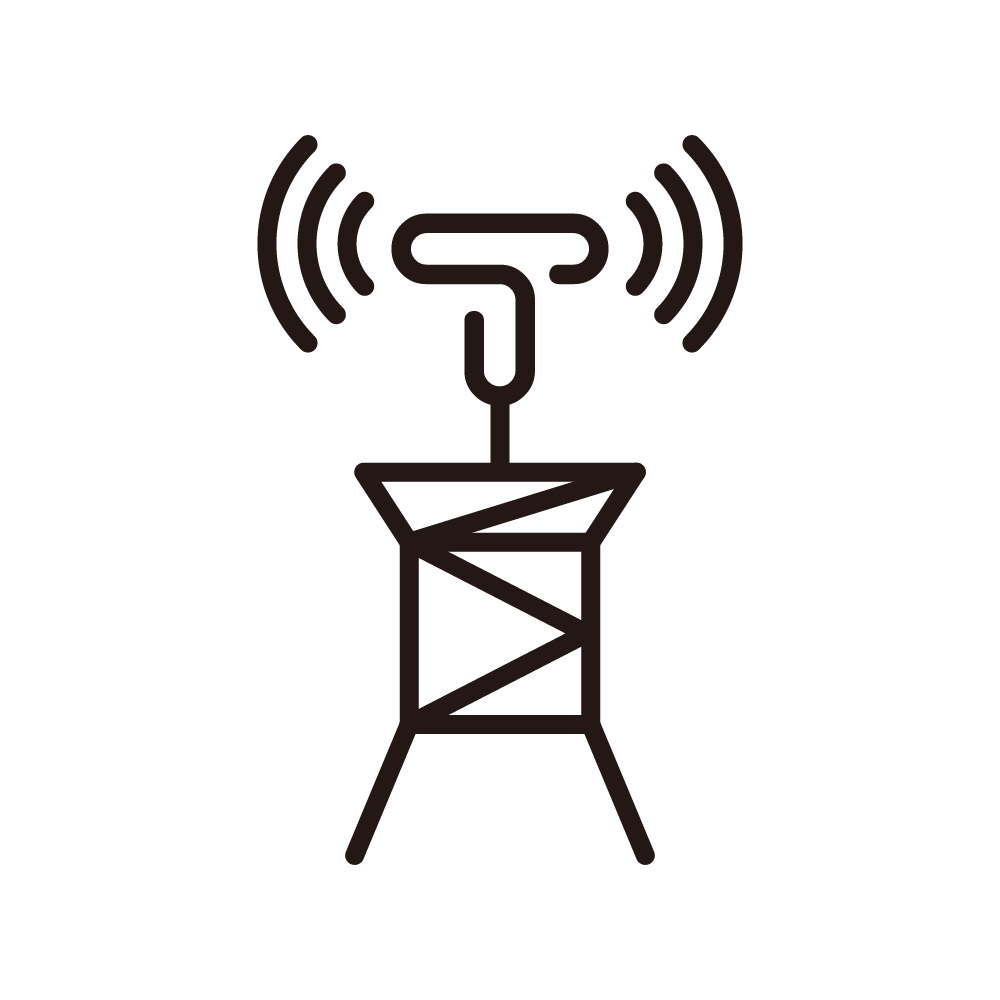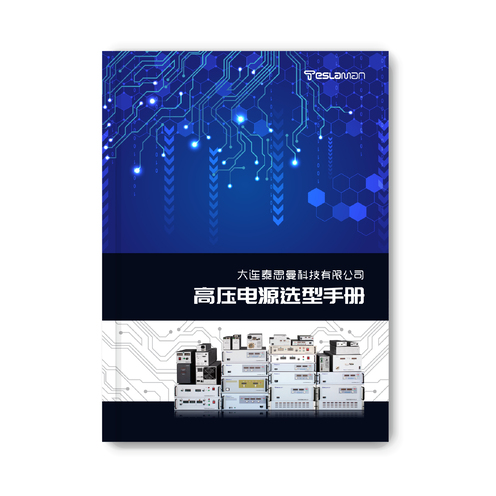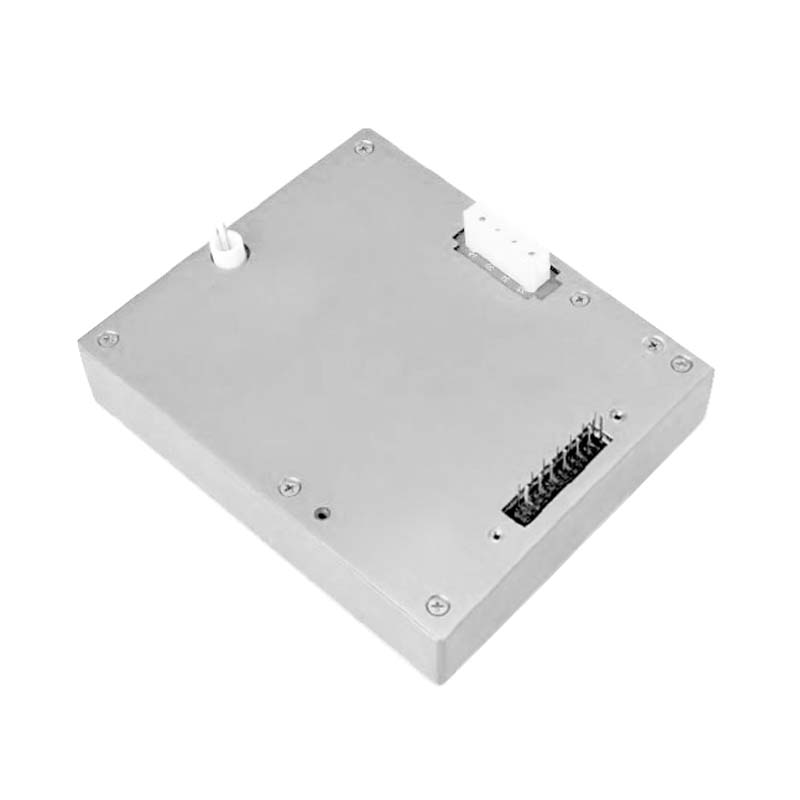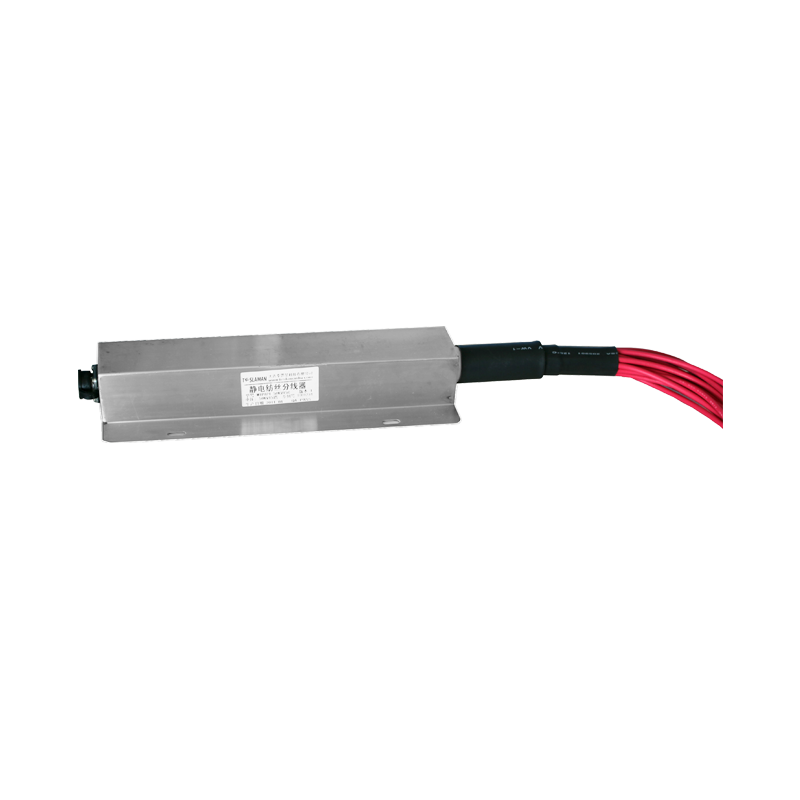Fiber Morphology Control of Electrospinning High Voltage Power Supplies
I. Core Requirements for Electrospinning
Nanofiber fabrication demands precise control over:
1. Gradient electric field (0.5-5kV/cm)
2. Sub-millisecond response to viscosity changes
3. Multi-parameter coupling (U-Q-RH dynamics)
II. Key Technological Innovations
1. Electric Field Homogenization
16-electrode array achieves ±3.5% diameter uniformity
Electrostatic lens improves deposition density by 5×
2. Dynamic Response Enhancement
Hybrid topology combines DC base (0-100kV) with pulsed modulation (±5kV@1kHz)
FPGA-based prediction reduces fiber breakage to 0.8%
3. Environmental Coordination
Closed-loop RH compensation maintains stable field strength
Porous collector achieves 85% fiber alignment
III. Breakthrough Technologies
1. Biomimetic Pulsing
Spider silk-inspired intermittent pulses enhance silk fibroin strength to 1.2GPa
75% energy recovery during pulse intervals
2. Material Adaptive System
Database-driven parameter optimization:
95% pore interconnectivity in collagen scaffolds
8% drug burst release achieved
3. Multiphysics Simulation
Coupled model predicts critical voltage with <1.5% error
Digital twin reduces process development to 72 hours
IV. Application Performance
1. Biomedical
Neural guides with <5° fiber alignment angle
Antibacterial fibers with 21-day sustained release
2. Energy/Environment
Battery separators withstand 180℃ shutdown
PM2.5 filters achieve 99.97% efficiency at 40% lower pressure drop
3. Smart Sensing
Piezoelectric arrays show 35mV/N sensitivity
Flexible electrodes maintain <5% degradation after 10k bends
V. Future Directions
1. Atomic-layer deposition control
2. Ultrasound-assisted chain orientation
3. Self-powered systems with 30% efficiency gain
4. AI-driven autonomous parameter optimization
5. Space-compatible microgravity modules
